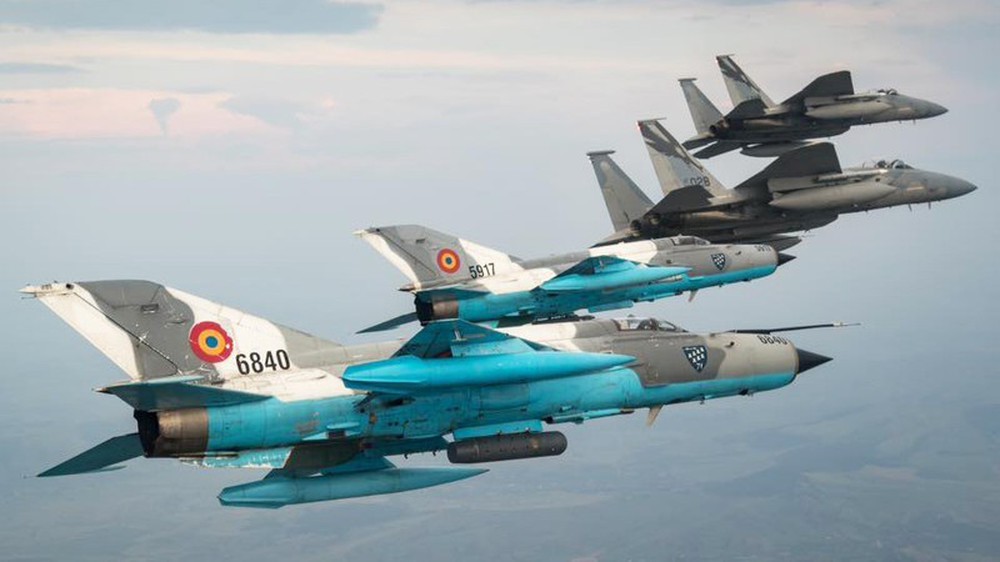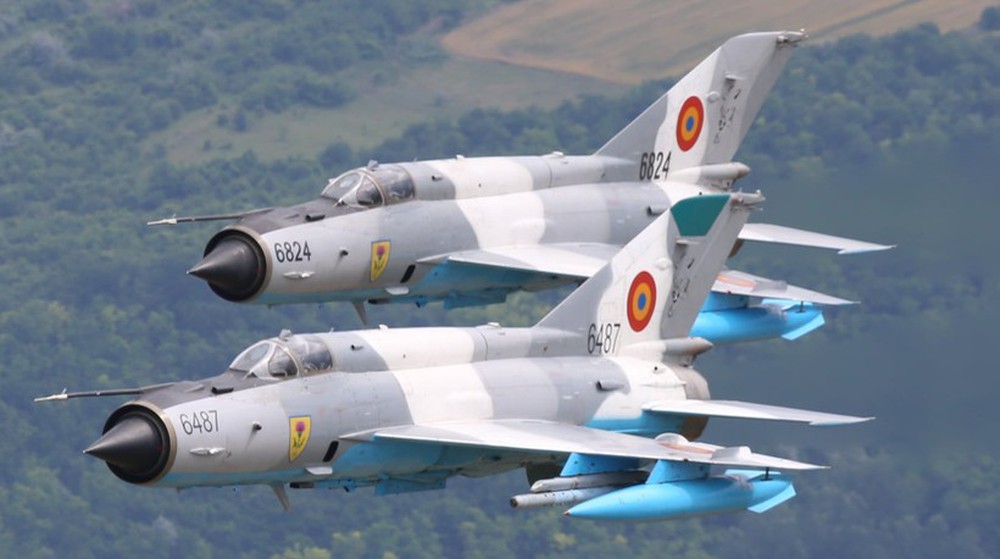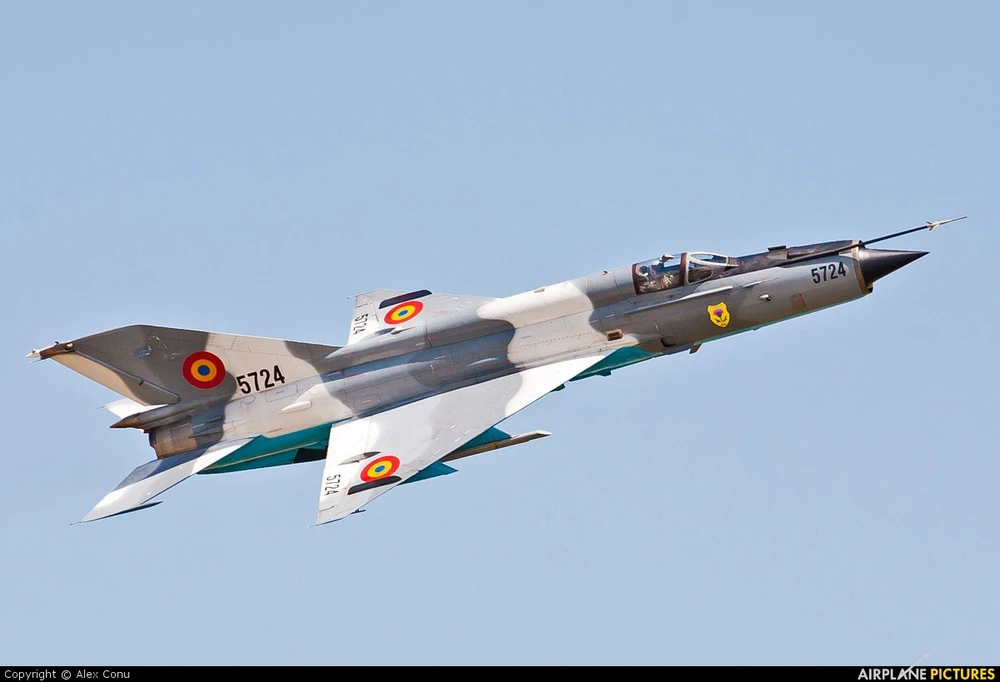The MiG-21 fighter jet, once the pride of many air forces around the world, has earned a reputation for its speed, agility, and versatility. However, a recent crash involving this aging aircraft has reignited concerns about the safety and reliability of older military planes still in active service. The tragic incident serves as a stark reminder of the challenges faced by air forces relying on decades-old technology in a rapidly advancing world.
The Incident: A Devastating Crash
The crash occurred during what was supposed to be a routine training mission. The MiG-21, flown by an experienced pilot, suddenly lost control mid-flight and plummeted to the ground in a remote area. Despite the pilot’s best efforts to regain control, the aircraft could not be stabilized. Unfortunately, the pilot did not survive the crash. The exact cause of the accident is still under investigation, but preliminary reports suggest that a technical failure may have been to blame.
The loss of the MiG-21 and its pilot has sent shockwaves through the military community. For many, the crash is a sobering reminder of the risks associated with flying older aircraft. The MiG-21, which first took to the skies in the 1950s, is one of the most produced fighter jets in history, with over 11,000 units built. However, its design and technology are now more than half a century old, raising questions about its continued use in modern air forces.

An Aging Warbird: The MiG-21’s Legacy
The MiG-21, also known as the “Fishbed” by NATO, has a storied history. It was a symbol of Soviet air power during the Cold War and was used by more than 60 countries, becoming one of the most widely operated fighter jets in the world. The aircraft was praised for its simplicity, ease of maintenance, and cost-effectiveness. It could reach speeds of up to Mach 2, making it one of the fastest aircraft of its time.
However, despite its remarkable service record, the MiG-21’s design is now considered outdated. While some countries have upgraded their MiG-21 fleets with modern avionics and weapons systems, the core structure and airframe remain unchanged. This has led to increasing concerns about the aircraft’s safety, especially as the years take their toll on the aging airframes.
The Risks of Operating Older Aircraft
The crash of the MiG-21 highlights the inherent risks of operating older military aircraft. As planes age, their components become more prone to failure, and even the most rigorous maintenance schedules cannot completely eliminate the risk of catastrophic malfunctions. In the case of the MiG-21, the aircraft’s age, combined with the demands of modern aerial combat, creates a dangerous situation.
Moreover, pilots flying these older jets face significant challenges. While modern fighter jets come equipped with advanced flight control systems and safety features, older aircraft like the MiG-21 rely heavily on the pilot’s skill and experience. This places a greater burden on pilots, who must contend with the limitations of the aircraft while executing complex maneuvers.

The Need for Modernization
The crash has reignited calls for the modernization of air forces that still rely on aging aircraft like the MiG-21. While some nations have already begun phasing out their MiG-21 fleets in favor of newer, more advanced jets, others continue to operate them due to budget constraints and geopolitical considerations. However, the risks associated with continuing to fly these old warbirds are becoming increasingly difficult to ignore.
Modernization is not just about replacing old aircraft with new ones; it also involves updating training programs, maintenance practices, and support infrastructure to meet the demands of contemporary warfare. For countries still operating the MiG-21, the challenge lies in balancing the need for a capable air force with the financial realities of defense spending.

Conclusion: A Call for Reflection
The crash of the MiG-21 is a tragic event that underscores the risks faced by military pilots every day. It also serves as a poignant reminder of the need for continual modernization in defense forces worldwide. While the MiG-21 has served its purpose admirably over the decades, its time has passed. As we mourn the loss of a skilled pilot, we must also reflect on the lessons this incident teaches about the dangers of relying on outdated technology in a fast-evolving world.
For the countries still flying the MiG-21, this crash may serve as a wake-up call, urging them to accelerate plans for modernization and ensure that their air forces are equipped with the safest and most capable aircraft available. The legacy of the MiG-21 is undeniable, but the time has come to look to the future and invest in the next generation of military aviation.





